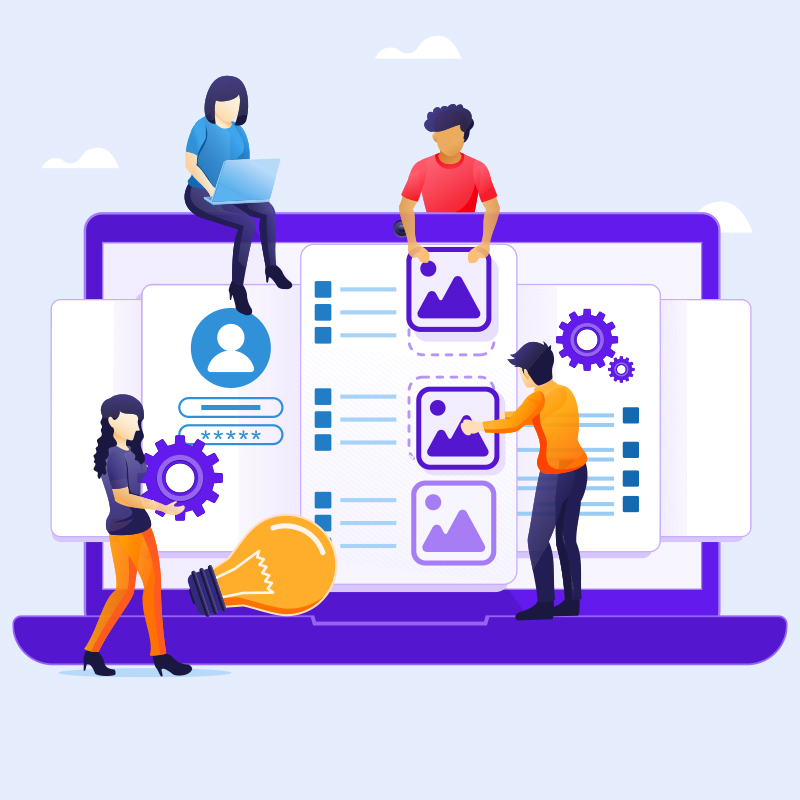Project-Based Learning for 21st Century Learners
As per the National Education Policy (NEP) 2020, the need of the hour is to create an enabling framework that helps in doing away with rote-learning and facilitates deployment of an inquiry-based, project-based education ecosystem that not only enhances the learning outcomes but also helps in rendering an overall development of students.
Project-Based Learning (PBL) is an instructional approach designed to give students the opportunity to apply their knowledge and skills to design solutions for real-world problems through engaging projects. Students investigate the given problem using the inquiry process, brainstorm ideas, explore the ideas and challenge them through collaborative activities, design & develop a prototype that addresses the problem, present their prototype to teachers and peers for feedback, and refine the prototype based on feedback received.
PBL is a good method which makes learning interesting for students; it encourages them to participate, think through a question, come up with practical solutions actively in the project form, and deliver it. It builds essential 21st century skills in students which include critical thinking, collaboration, creativity, and communication.
Here are some sample project ideas that teachers can incorporate in the school curriculum:
App Design
Students can be assigned an app design project to code and design a travel planner application that allows browsing through a locality, displaying nearby attractions, route planning, necessary locations, and food joints.
Game Design
Students can be given a game design project to code and design a Time Machine game – the concept of time travel by using a vehicle or a device to travel purposely and selectively forward or backward through time.
Web Design
Students can work on a web design project; they’ll need to code and design a website for a digitised replica of a physical museum offering virtual tours that allow users to stroll through the museum and study various items as if they are there in person.
Graphic Design
Students can be given a graphic design project to build a brand identity for a ‘No Dairy Ice Cream Shop’; they’ll need to put together brand name, slogan, brand voice, brand positioning, brand associations and brand personality to build an effective brand identity.
3D Design
Students can work on a 3D design project to create a 3D illustration for visualising the world in 2050; it can depict how we have reorganized our society to adapt to live under new climatic circumstances and use green energy to power the world in 2050.
ICT 360 in alignment with NEP, provides ICT curriculum with ready-to-use content, design and computational thinking approach to projects as well as interdisciplinary learning material on an online platform that caters to today’s relevant technologies and future skills requirements. It is designed to help teachers improve their instructional practices with 21st century teaching skills through train-the-teacher program, build a strong foundation to empower students with the ability and skills to design & create amazing things on their own in a fun & engaging environment, excel in academics and prepare them to be industry- and career-ready.
With 50+ partner schools across India, it aims to empower students with creativity, problem-solving, design and tech skills from an early age. These skills are essential for future job roles like Graphic Designers, AI & ML Specialists, Software & Applications Developers, Animators, Robotics Engineers, Data Analysts, and IOT Specialists.
How are you planning to incorporate Project-based Learning in your classroom?

